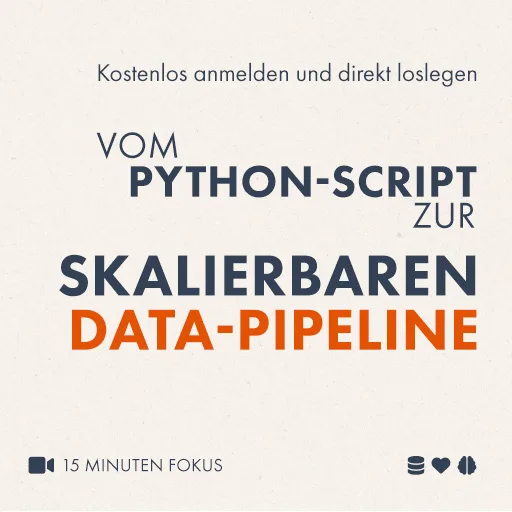While having a short discussion about AJAX and the ReST on our company’s internal mailinglist Johann brought up some interesting questions about this AJAX hype: does it really work for „normal“ web apps and how are the fixed costs for a HTTP request changing when using AJAX technology?
First of all, XMLHttpRequest has a problem: in InternetExplorer, it doesn’t work without ActiveX. This makes it pretty useless when being used in companies like HypoVereinsbank or Siemens (both are customers we’re working for) where ActiveX has been disabled for security reasons.
Second, the fixed costs for a HTTP requests are changing: while AJAX technology is designed to load just the delta of the data, your application design has to be changed in order to keep the performance: don’t include whole framework stuff while you receive a XMLHttpRequest that is only trying to receive three rows out of the database. Within „normal“ web apps you’ll have HTTP requests that are called less often but take longer, it is the opposite within XMLHttpRequest based applications: you have a lot more HTTP requests that ideally should consume less amount of time being processed – the user doesn’t want to wait within AJAX applications.
The solution for the fixed costs changing problem could be a combination of different methods: trying not to include all your framework stuff, use kinds of function caching etc.
Within 2-tier applications (for example one of our customers, Sixt, is relying heavily on XUL based applications) there is a possibility with some tricks avoiding huge traffic within loading/submitting the deltas.
What’s your experience?


Schreibe einen Kommentar